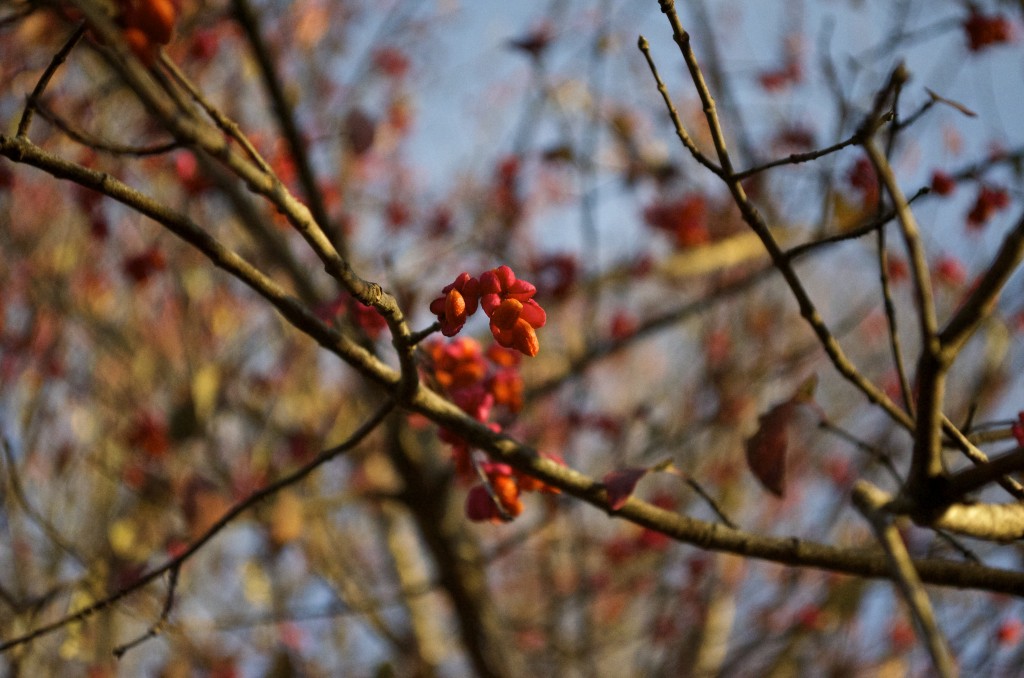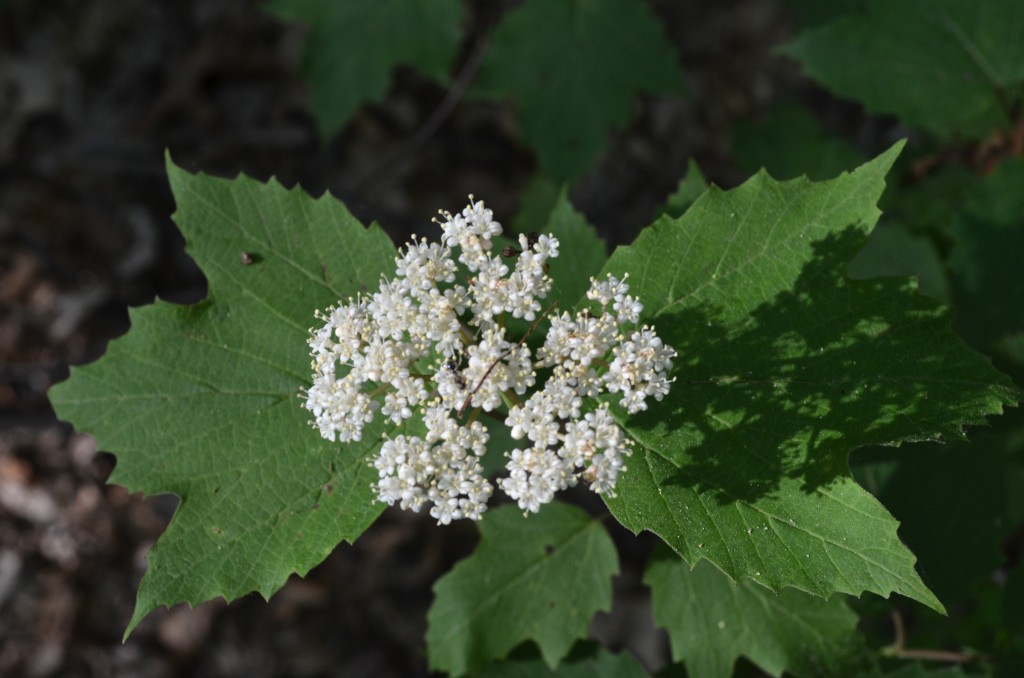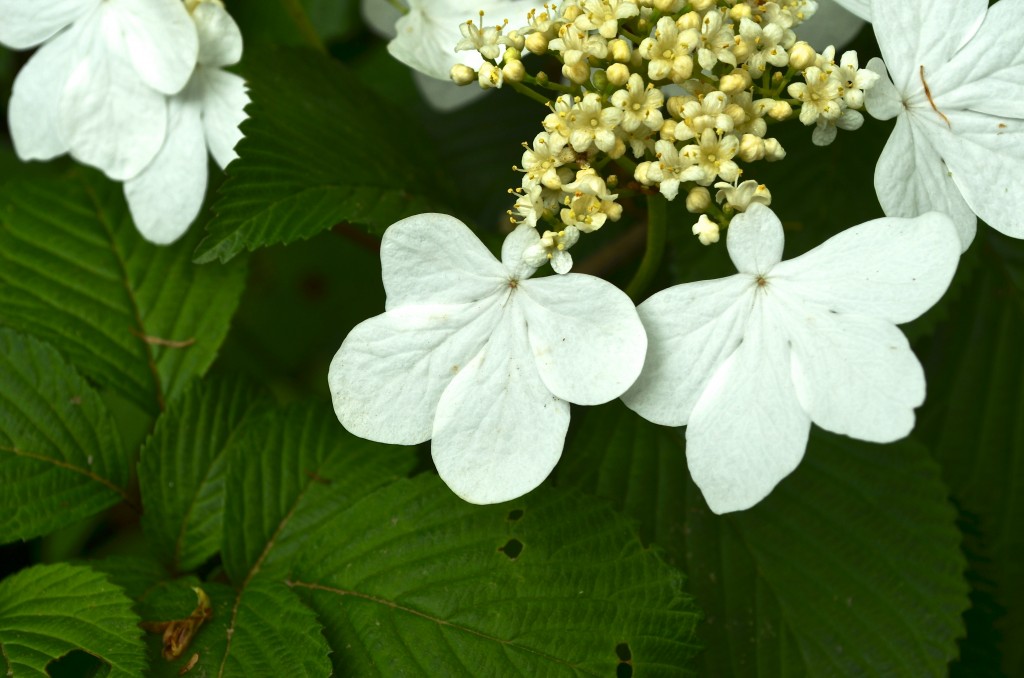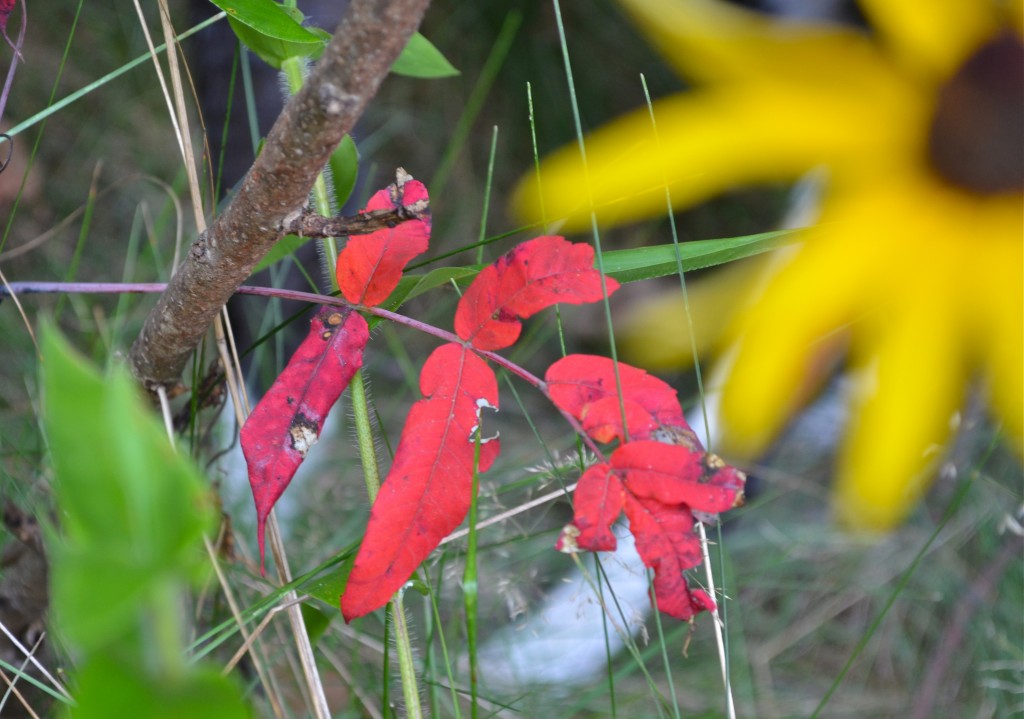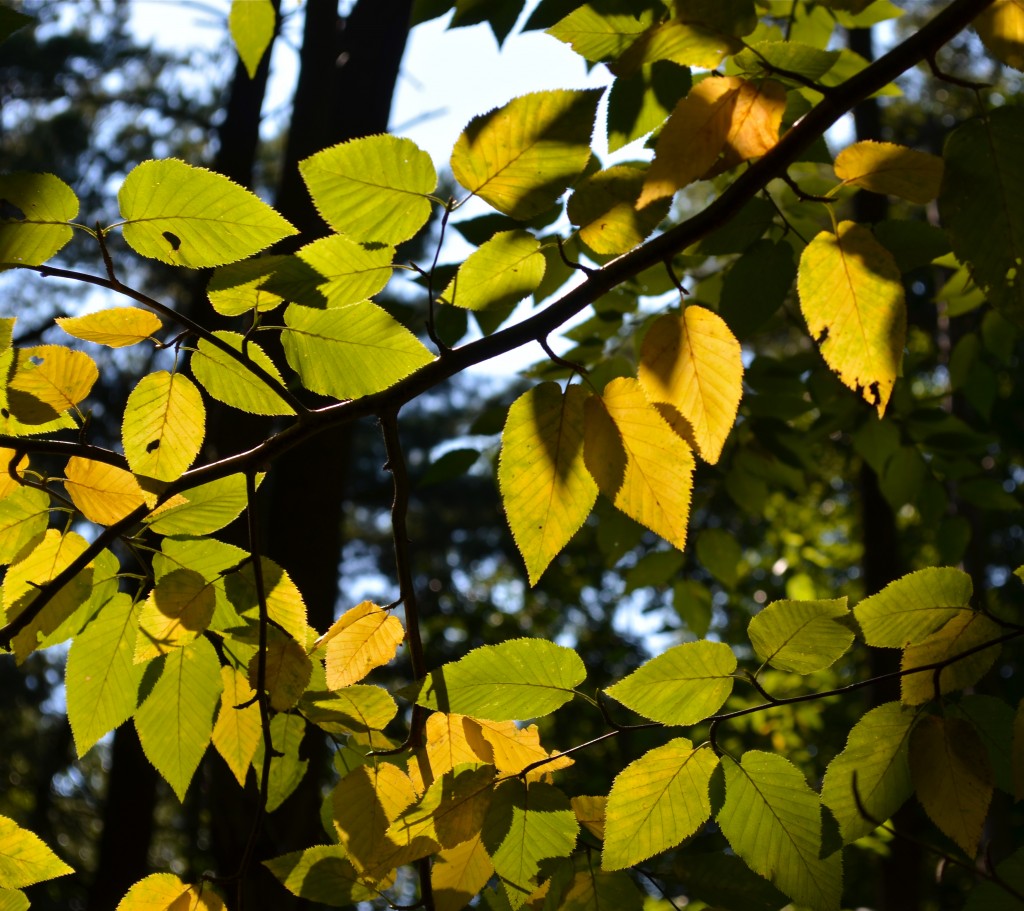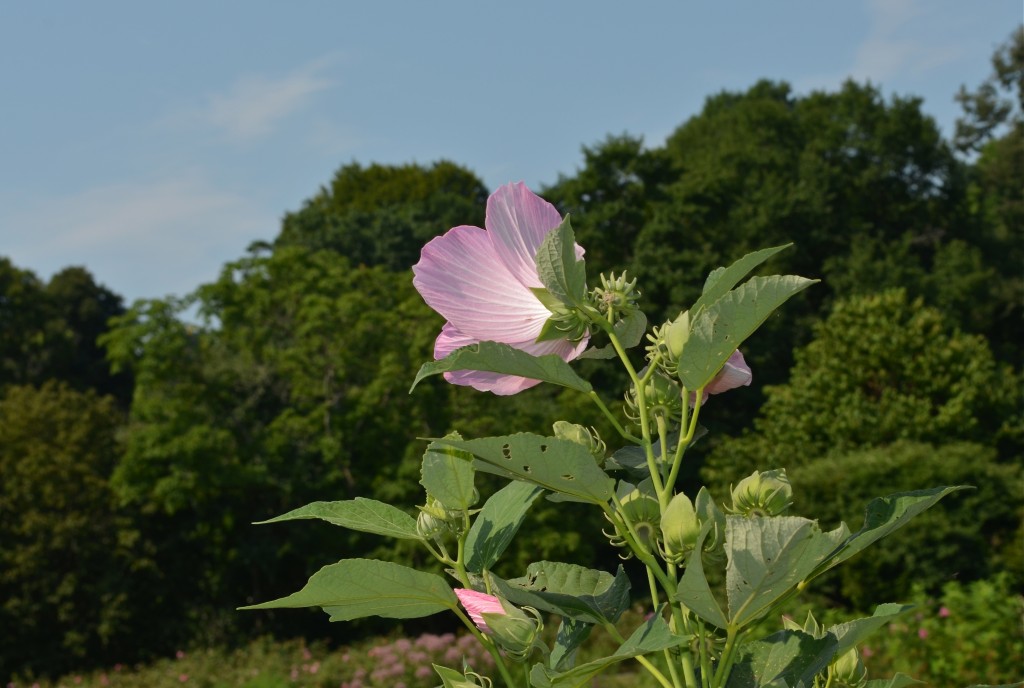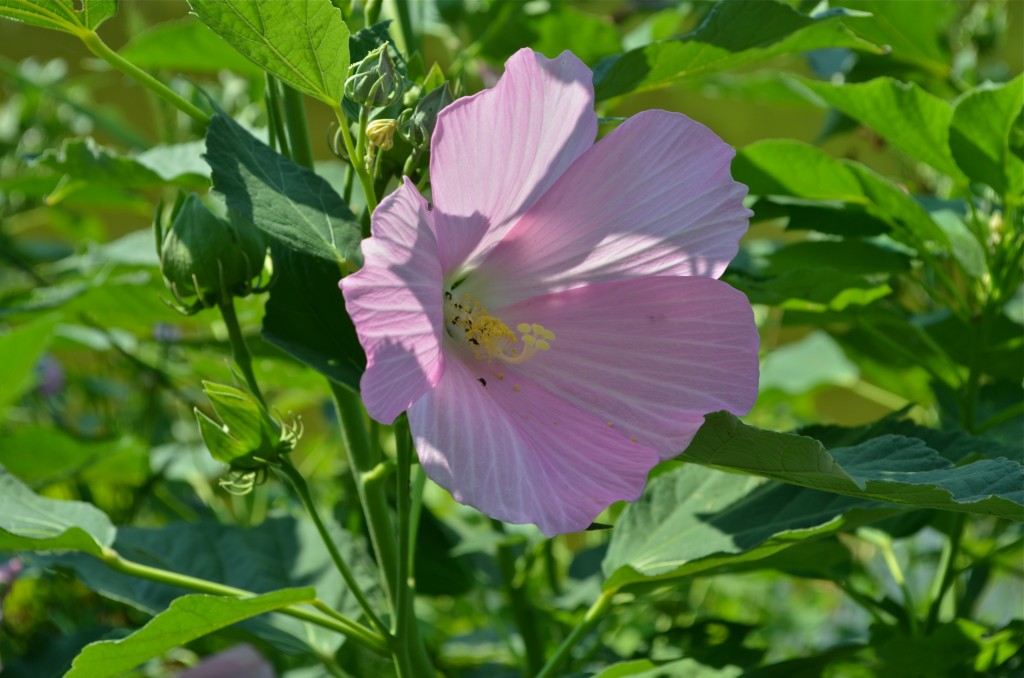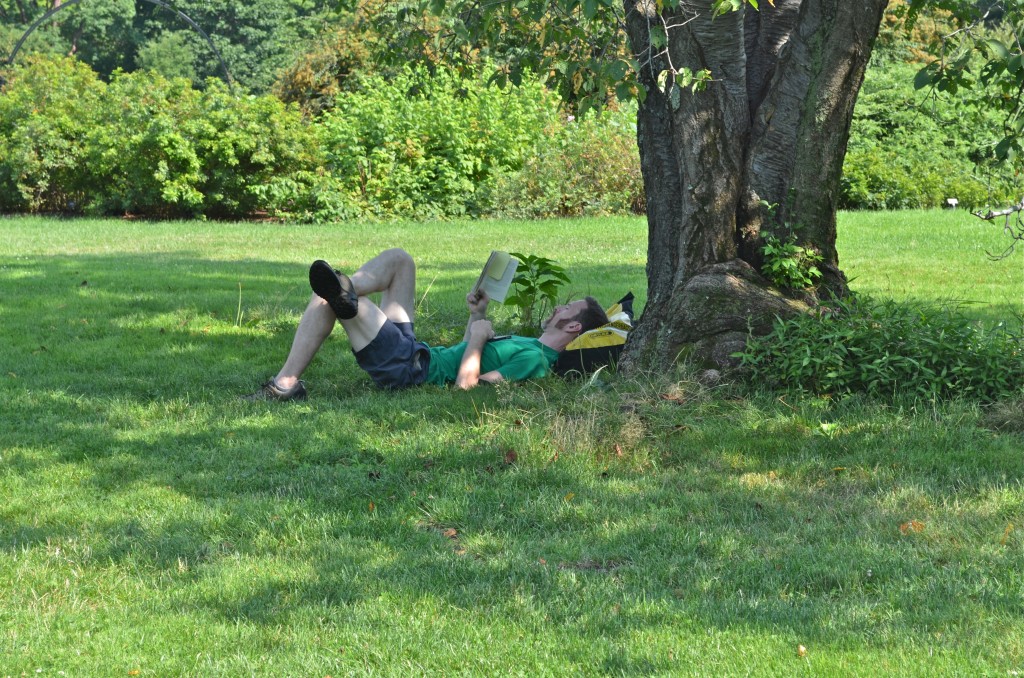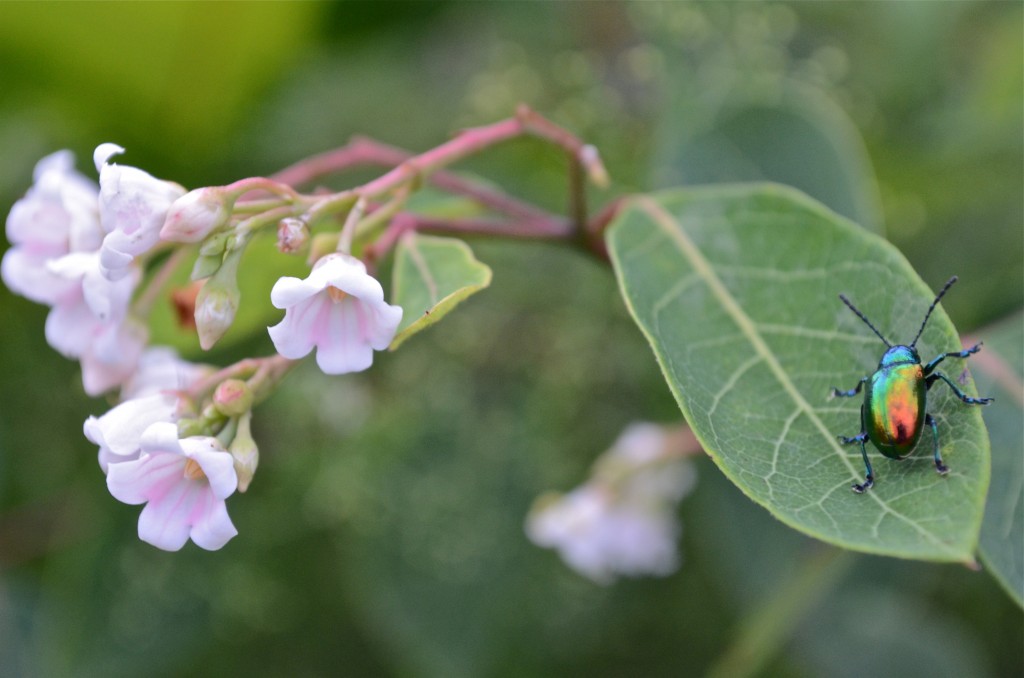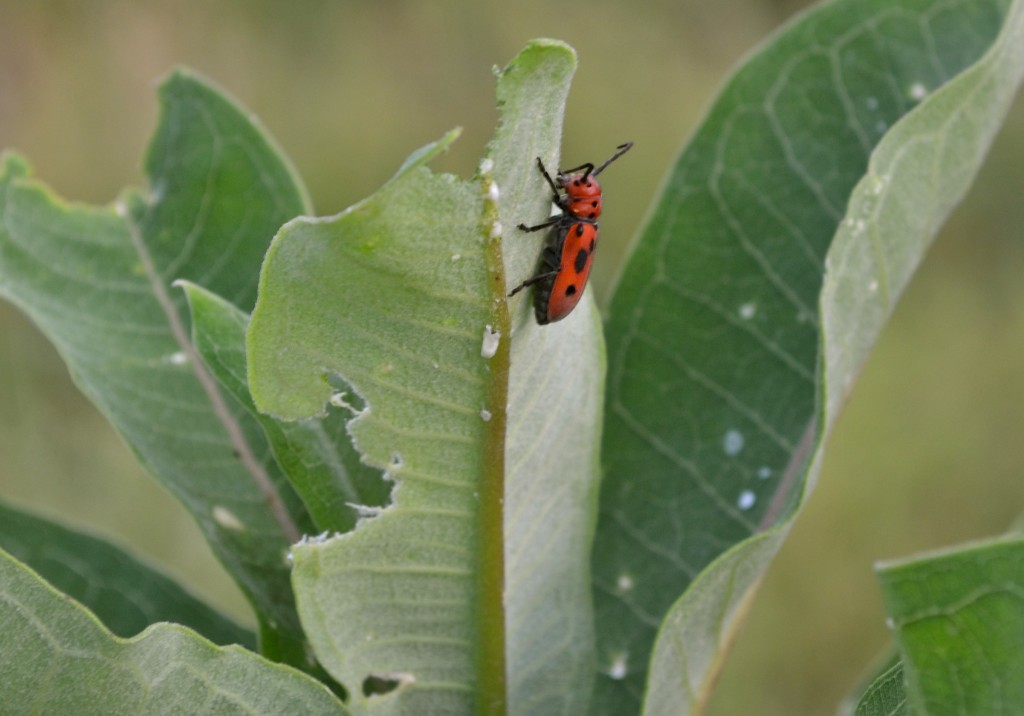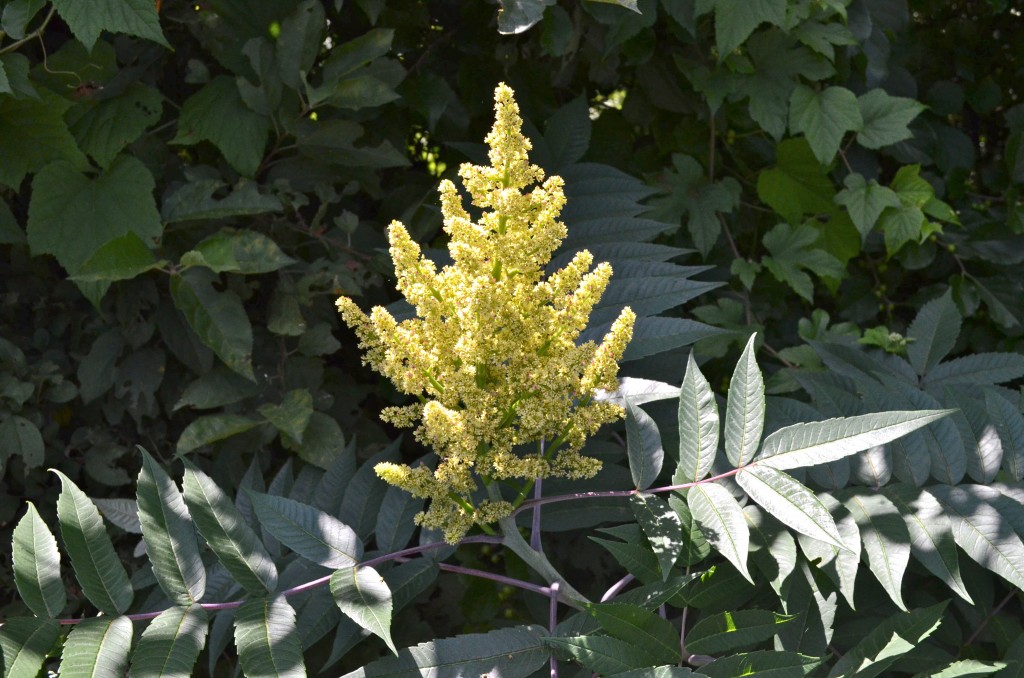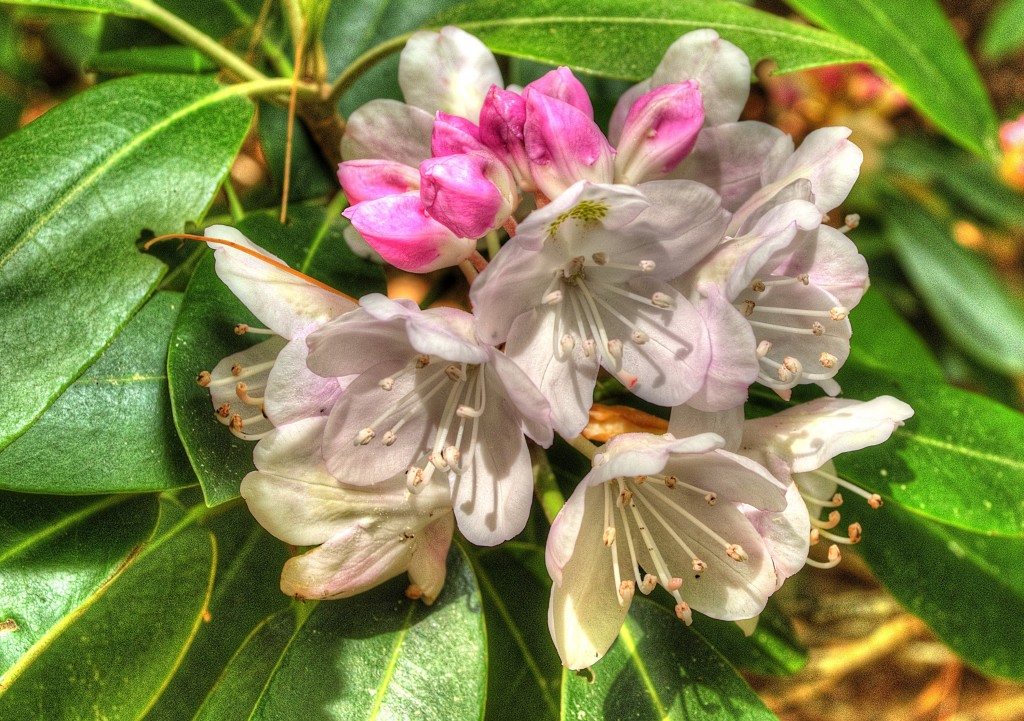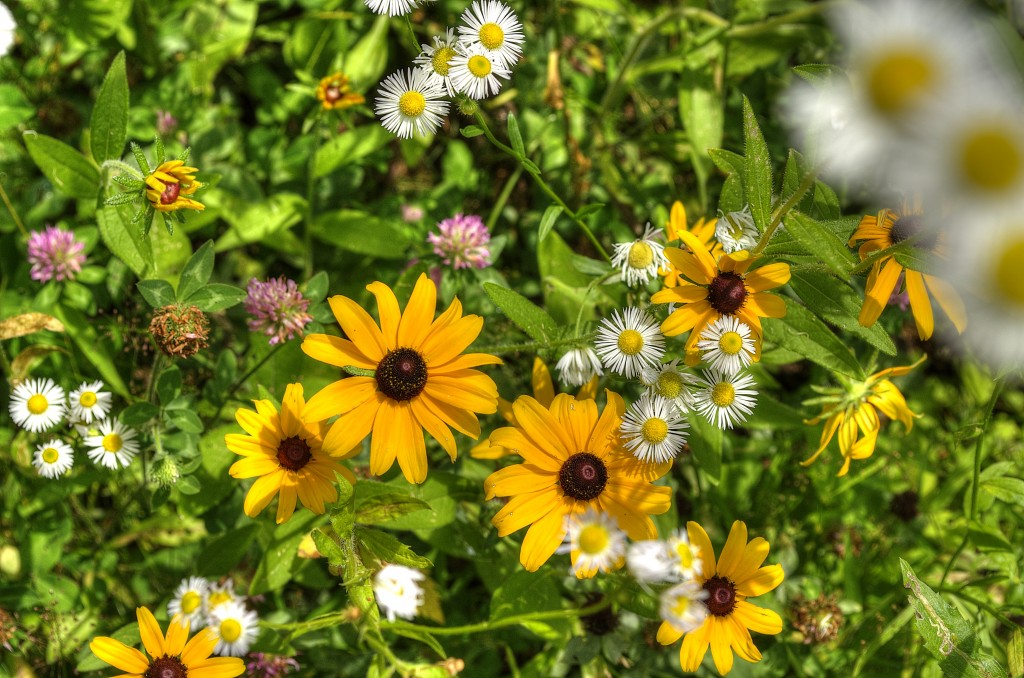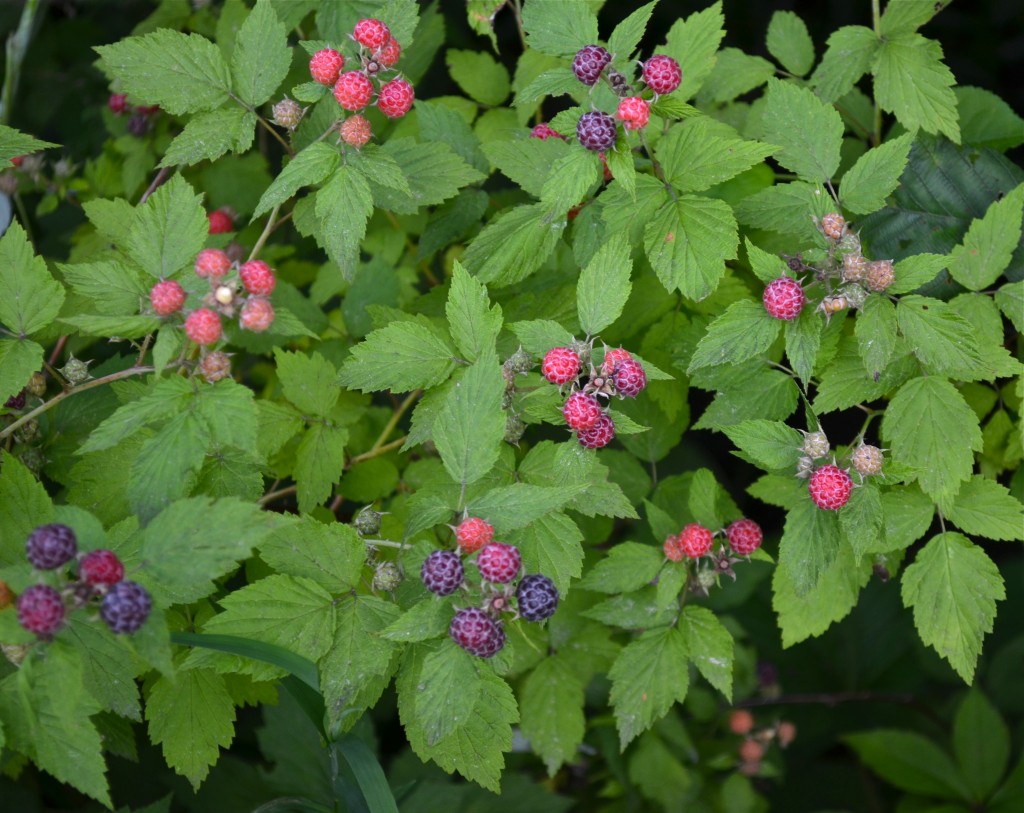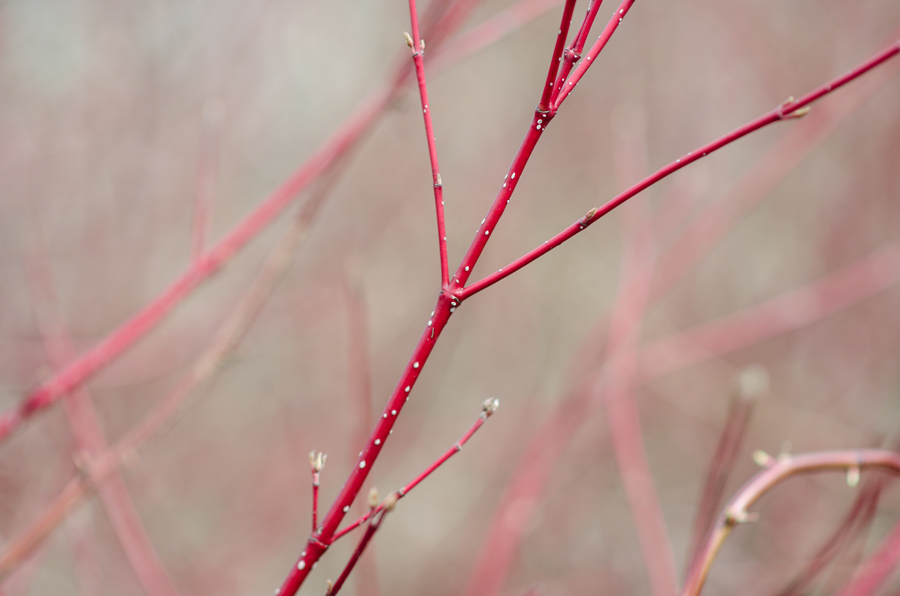 In the gray and brown landscape of early spring, it’s heartening to see these clouds of red stems. They like wetlands, and these are in the wetland border along the Charles. The bark responds to the increased light of spring by becoming brighter red. Native people used it for all kinds of things, like making dye from the inner bark and brushing teeth with peeled twigs. Native throughout northern and western North America.
In the gray and brown landscape of early spring, it’s heartening to see these clouds of red stems. They like wetlands, and these are in the wetland border along the Charles. The bark responds to the increased light of spring by becoming brighter red. Native people used it for all kinds of things, like making dye from the inner bark and brushing teeth with peeled twigs. Native throughout northern and western North America.
Red-osier dogwood, red-twig dogwood (Cornus sericea)

